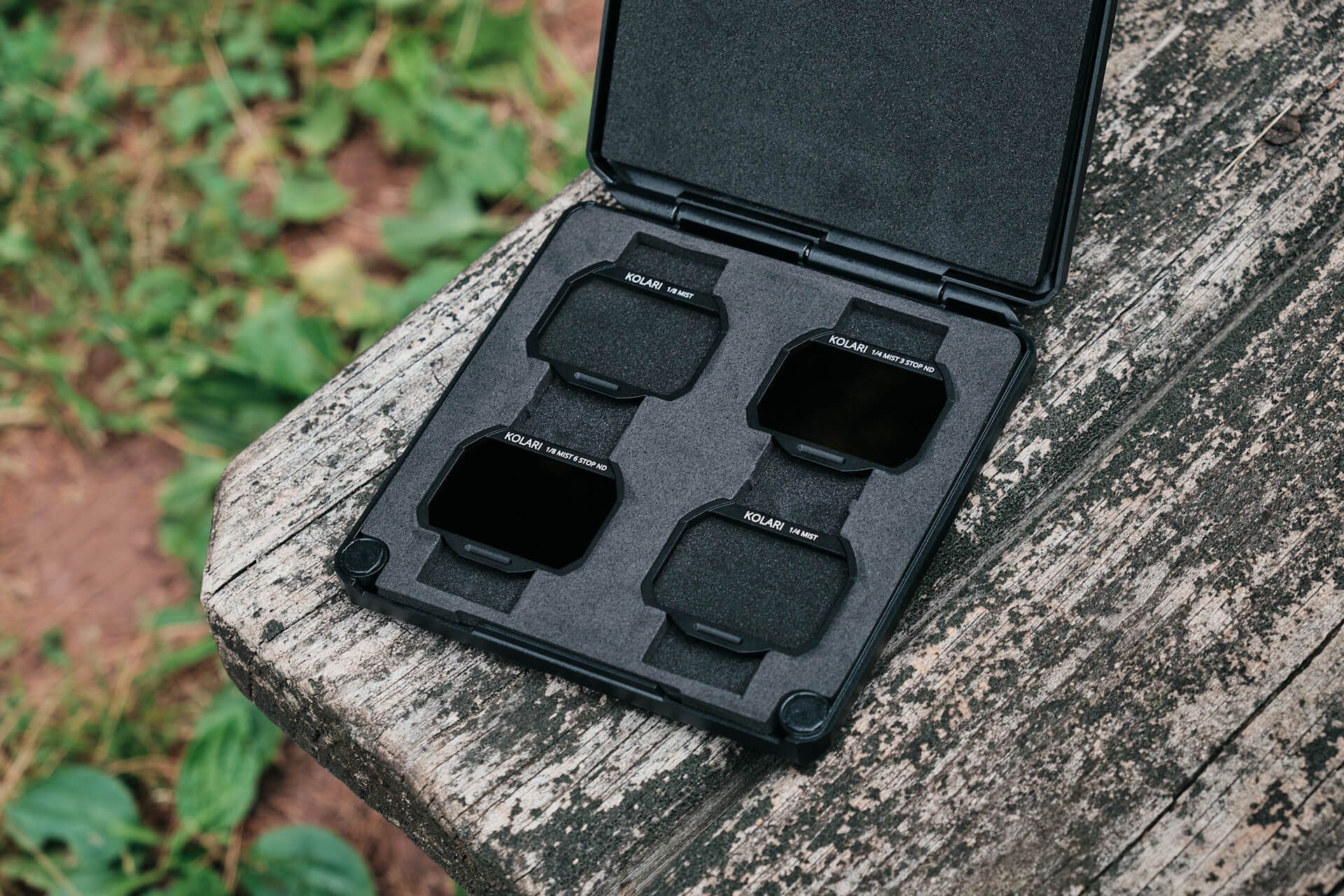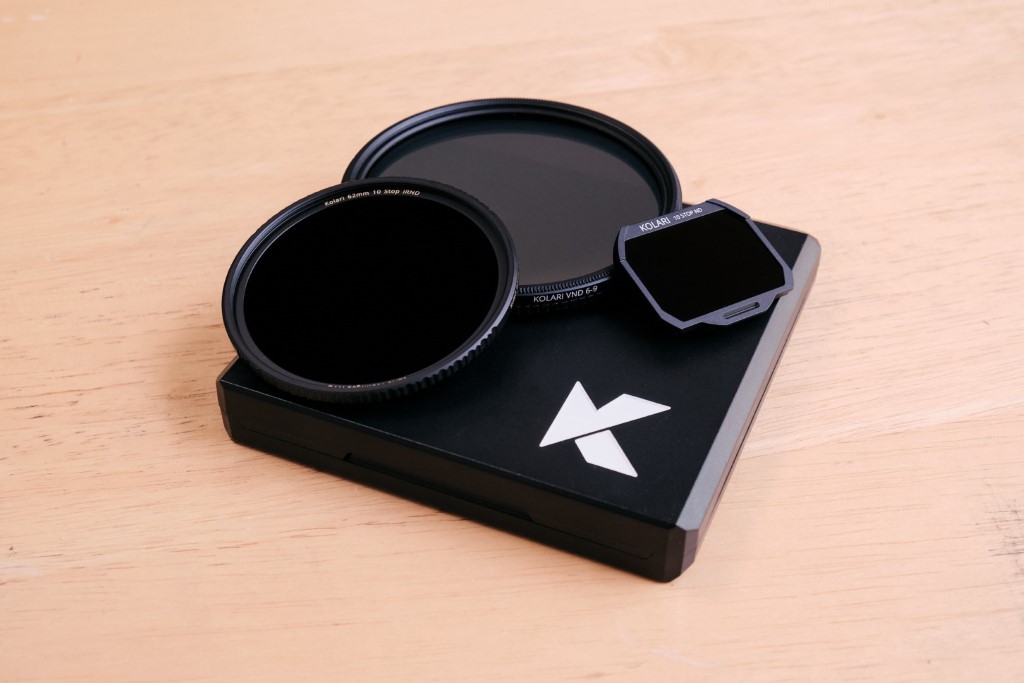To perfect their shots, many photographers choose to use tools to give their images a more dreamy, cinematic look. To achieve this, shooters may choose to use a special effects filter known as a “mist” or “diffusion filter.”
A mist filter lowers the highlights and overall contrast in an image while creating a dream-like, hazy effect that “blooms” the available highlights. The “blooms” are diffused light, giving a glowing appearance to the highlights. This can give a very cinematic look to images, make them feel more organic, and give more of an analog film look.
As the world of digital photography expands and grows, things become tack sharp and every detail can be recorded. Especially for portraits, it may not be appreciated to capture every pore or blemish on a person’s face. Along with this, there’s also an increased demand for more of a “vintage” or “analog” feel for people’s images. Mist filters can give a dreamy, atmospheric look to a scene. Some may choose to edit this cinematic aesthetic in post, but a mist filter is a great option to get it in-camera.
To achieve this look, mist filters have tiny specks that soften the incoming light while it enters the camera. These specks create blooming, soft highlights, but they also assist in smoothing the skin to reduce retouching time while also masking distracting blown-out highlights. It does all this while maintaining most of the details in a shot.
Kolari Mist filters are available in ¼, and ⅛ strengths, with ¼ being the most dramatic effect of the three and ⅛ being the most subtle. You can further customize your options by selecting a mist strength with a built-in 3 or 6-stop ND.
As a potential downside for mist filters, there is the issue of contrast, sharpness, and clarity. With decreased contrast, it’s easy to get an image straight out of the camera that is flat and washed out. Thankfully, making small adjustments such as contrast, clarity, sharpen, and dehaze can be used in post to rectify the flatness of an image. Most photo editing programs feature these tools. You can see some of our favorite recommended programs here.
You can try making a mist filter yourself for a more DIY approach. Take a clear UV Cut Protective filter and spray it with a mist, such as hairspray. Spray a cloud into the air and wave the filter through it to catch the particles. This isn’t an exact science and can be less than ideal for the life of your filter, but it’ll give you an idea of what a mist filter actually does for a relatively cheap price.
So how do you use your mist filter? Let us know your experience in the comments.
The overall world of filters and photography can be overwhelming and confusing, especially to beginners. If you can relate to this, keep tuning in for more articles and tutorials to help you along your journey.
@blameanthony ✨To mist or not to mist✨ -that is the question! @blameanthony #photogear #cameragear #photographygear #phototips #agphotog #learnphotography #lensfilter ♬ original sound - Photography by Anthony G
To stay up to date on new releases and updates, be sure to subscribe to our newsletter.
To try your hand at a Mist filter, check out our clip-in options for Nikon, Sony, and Canon systems.








